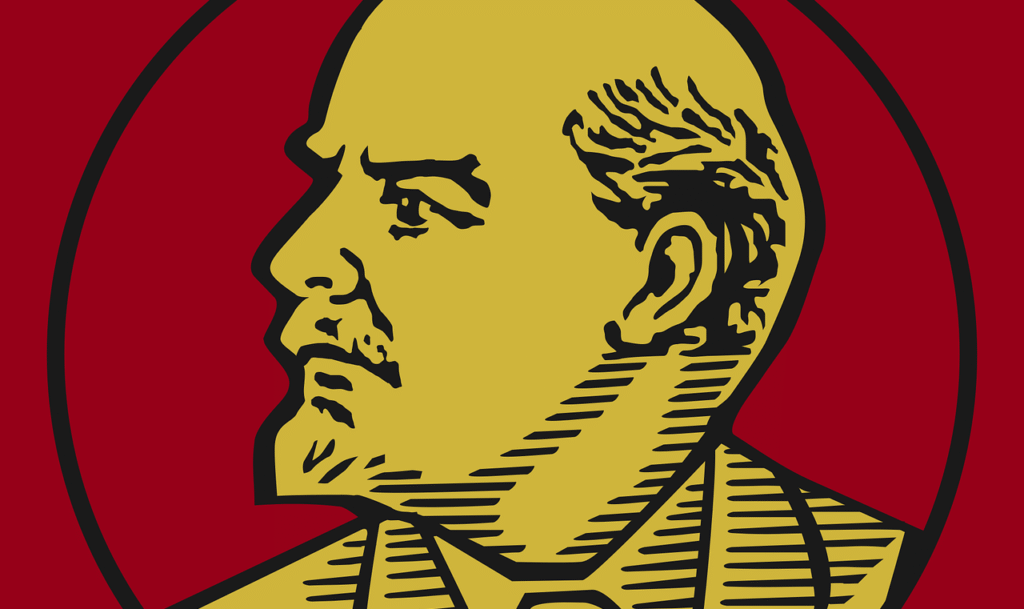

This month 2 images caught my eye. First, the outpouring of grief and admiration for Nelson Mandela. There has rarely been a man who has captured so emphatically in his lifetime the essence of what it means to rise above the average as a person and become a leader who leads through example and through inspiration. Even white racists who previously governed South Africa expressed their amazement and appreciation of the man who basically saved their bacon in the name of reconciliation from an equally racist backlash. Nelson Mandela was born with a huge advantage. He was royalty and was brought up with all the self-confidence of a man born to have authority. What made him special was how he used that authority.
The second image was of the crowds in Ukraine pulling down the statue of Lenin as they came out on the streets of Kiev in their tens of thousands to protest their government’s reneging on a deal to take the country further away from the repressive regime in Russia and closer to the democracies of Western Europe. For a brief second, I thought I saw an image of Vladimir Ilyich Lenin in the background cheering. Having spent his life too fighting for the cause that he thought would liberate mankind, all he got for his pains was, against his expressed will, to be made into a mummy. Nothing could symbolize more dramatically the disjuncture between a set of Marxist ideas that decried religion and all forms of deification and the fate to become a stuffed exhibit to be worshipped by the Party faithful.
Mandela and Lenin are both memories that became symbols. Memories are pliable, and for that reason unreliable, for example in court cases. They are also formed based upon incomplete information about person, circumstances, time and place. Often they become set in stone, or in neurons, and become the basis of future thinking, analysis and interpretation despite more recent information coming to light, either through scholarship or through happenstance. Memories tend to become a vested interest within our thoughts. But the way the next generation “experience” the images and symbols can be quite different, especially so in a digital age. Pre-digital, for example, Che Guevara along with Albert Einstein, had already become T-shirt symbols of “cool”. Post-digital, mash-ups change symbols into anything you want. The medium is the message. One reason why some governments are now seriously looking at extending copyright laws to cover parody.
As memories fade they are replaced by memories of memories. Younger generations remember how their parents thought the world of some grey haired old man, and that is when memories turn into symbols. Mandela almost certainly will be heralded in the same adoring way Martin Luther King is heralded. One damn good speech often serves the purpose because it is a shorthand for everything else. Lincoln’s Gettysburg Address is a classic example. Martin Luther King’s “I had a dream” speech is as moving today as it was in 1963. Anyone who listened to the tapes smuggled out of Robben Island of Mandela’s speech at his Rivonia trial in 1963 can never forget hearing him, as I did in a spell-bound student union assembly, declaring of equality and freedom “It is an ideal for which I have lived; it is an ideal for which I hope to live and see realised. But if needs be, it is an ideal for which I am prepared to die.” (See https://bit.ly/1bZD24d) But I never heard Lenin. There is hardly any moving footage and few photographs. I read Lenin. Maybe he’s now in an e-book. I have never seen him on a T-shirt. He ain’t “cool” in the digital age. But he can still applaud those who tear him down as a symbol in the expression and fight for freedom and democracy. It’s a nice contradiction Marxists should appreciate.